What a Pretty Golf Swing You Have!
/I find it interesting that there are so many instructors and golfers who are striving for what merely amounts to a good looking, pretty swing. Learn to impact the ball correctly, and it will go straighter and further more frequently--something every golfer wants in their golf game. I spoke with Ian Woosnam on the phone the other day for about 15 minutes discussing the importance of getting the club on the back of the ball correctly ( a long way to say: impact!) and here is what he had to say:
“Even as a youngster I focused on the strike. In fact I would go down to the beach and practice hitting the ball first and the ground second."
This is a quote from Conrad Ray, the Stanford University Golf Coach and one of the few people to ever win an NCAA Team title as a player and a coach:
"Understanding that the most important detail is "how the ball flies" not "how your swing looks" is essential at the collegiate level and for all golfers. Impact is the determining factor...." In looking at the three swings above notice how the club, arms and lower bodies are all in completely different positions. Why then are we all chasing our own tails by trying to get our swings to fit into this text-book "perfect" picture?
Forget form in the name of function; put substance over style; and start hitting the golf ball like never before!
I really do believe that “It’s All About Impact” is a book that will teach you how to strike the ball like never before without completely revamping your swing. Keep what you have, just make it work better.
Read More

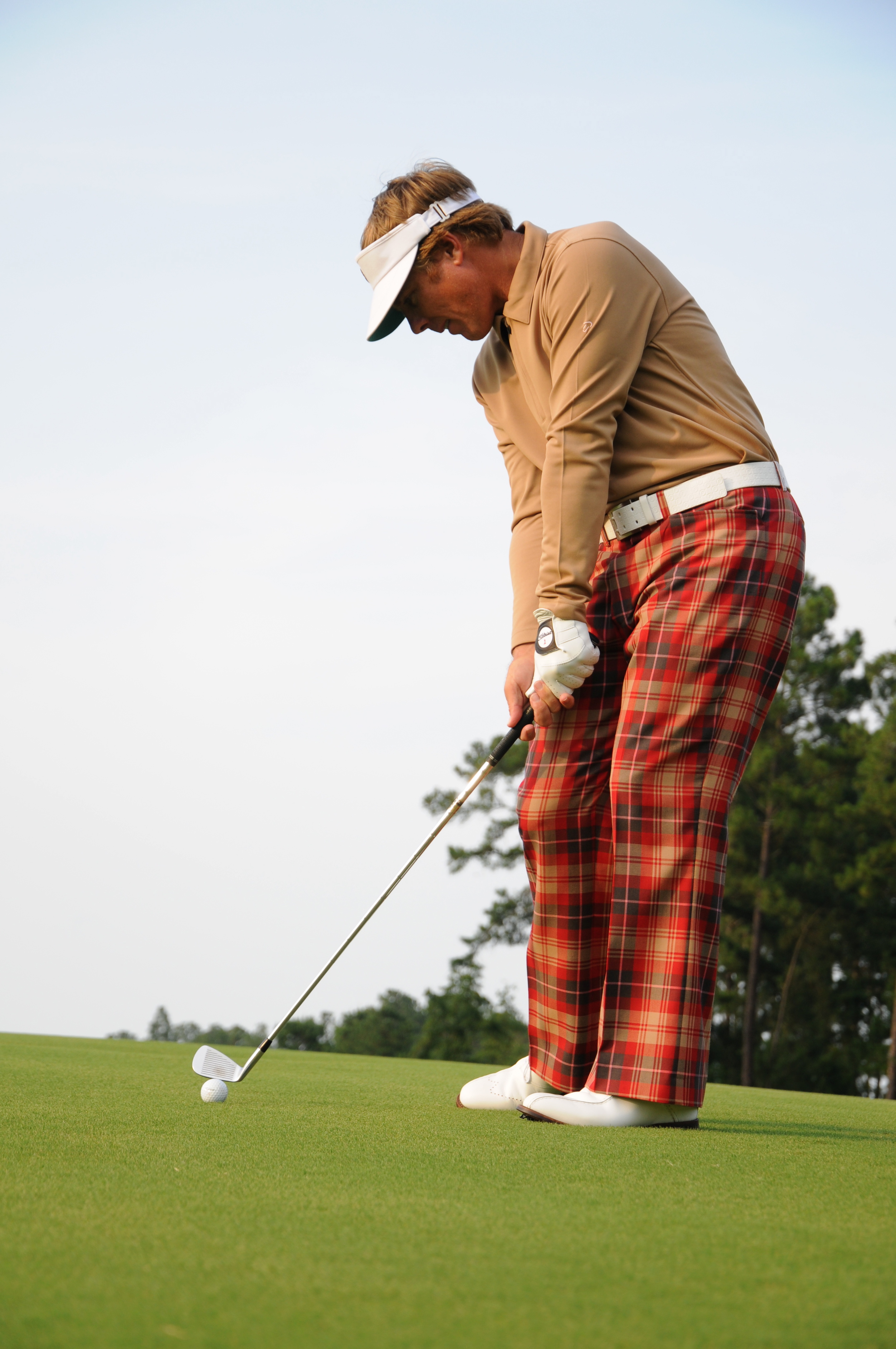
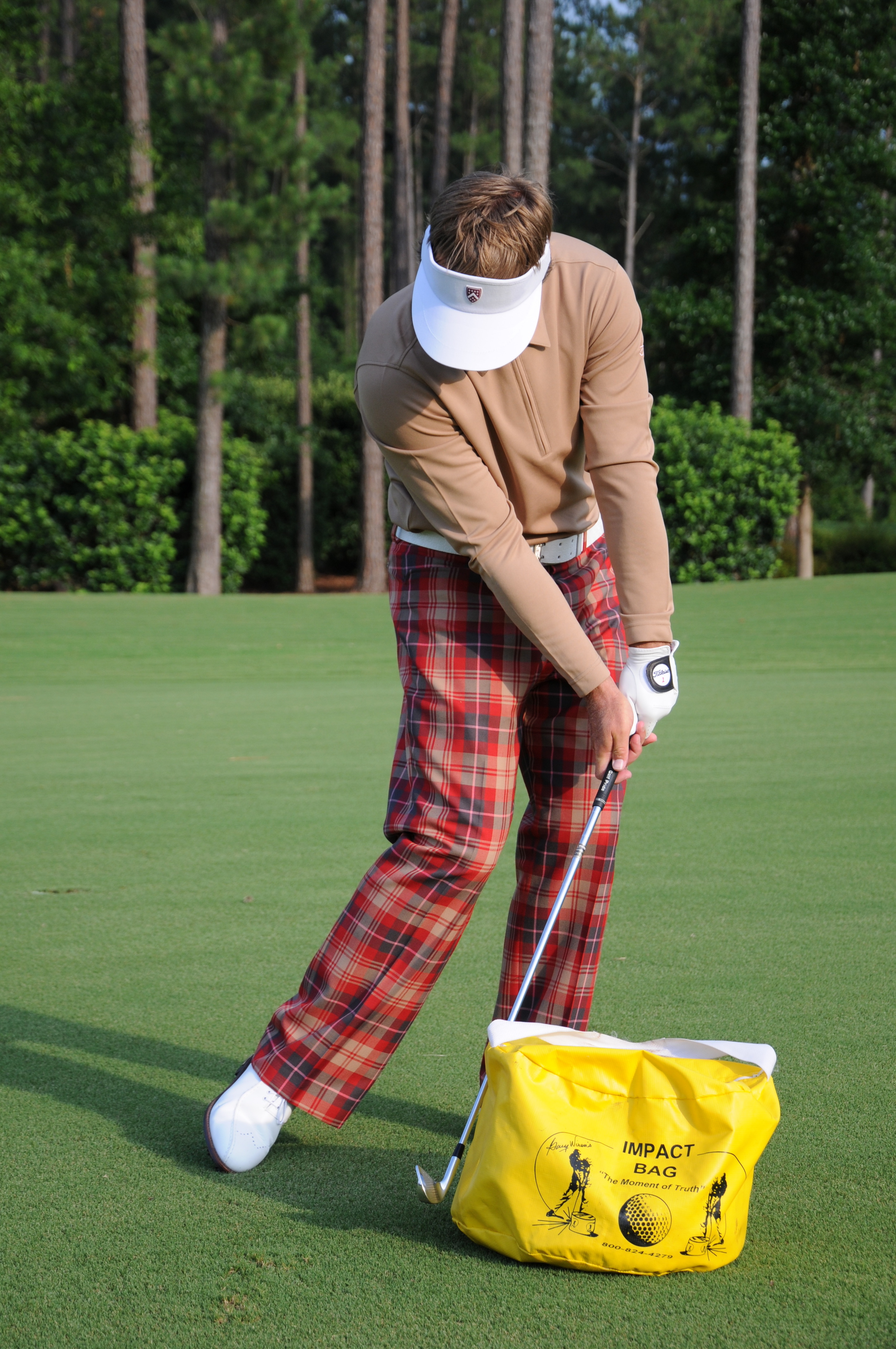
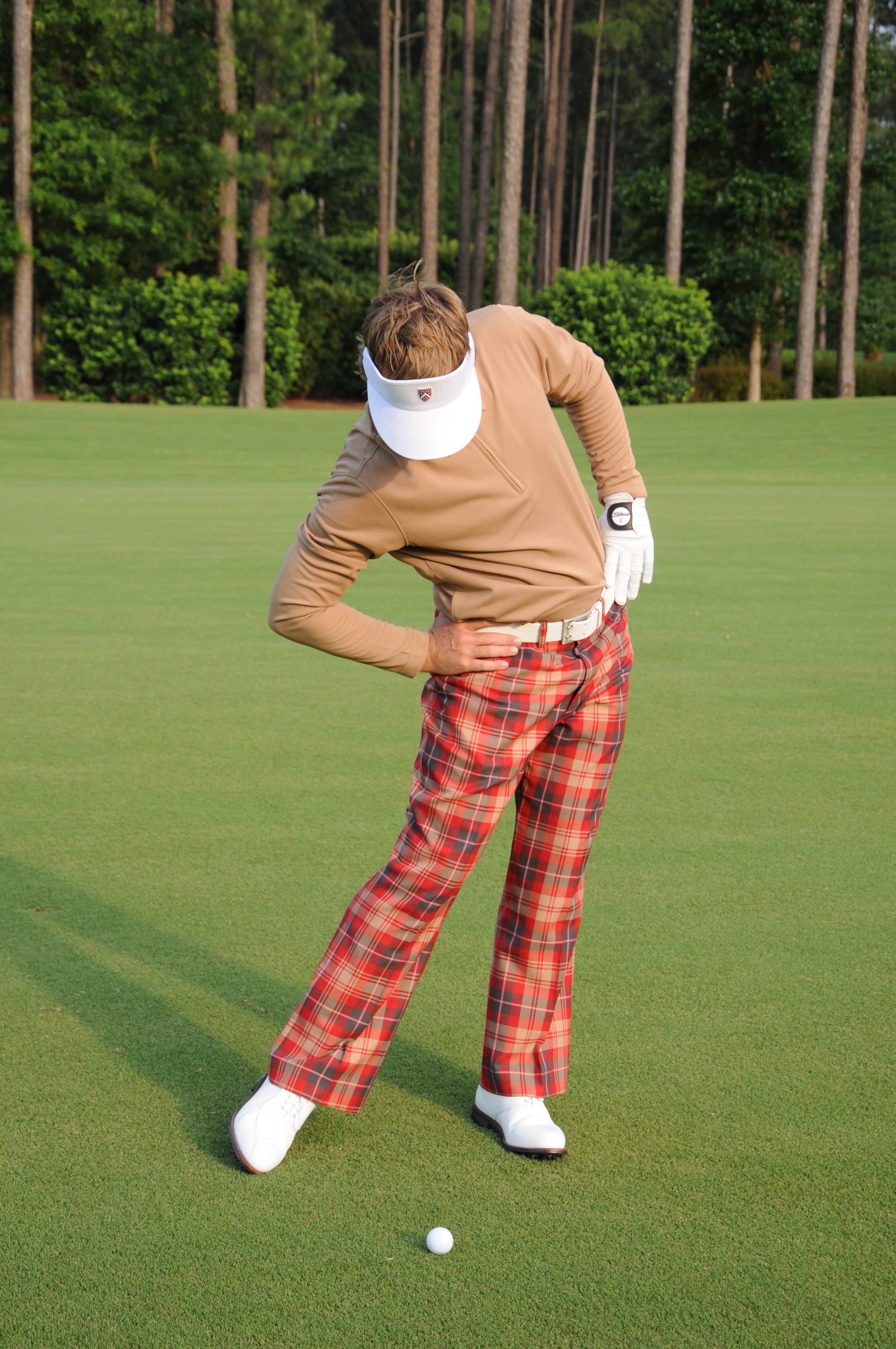
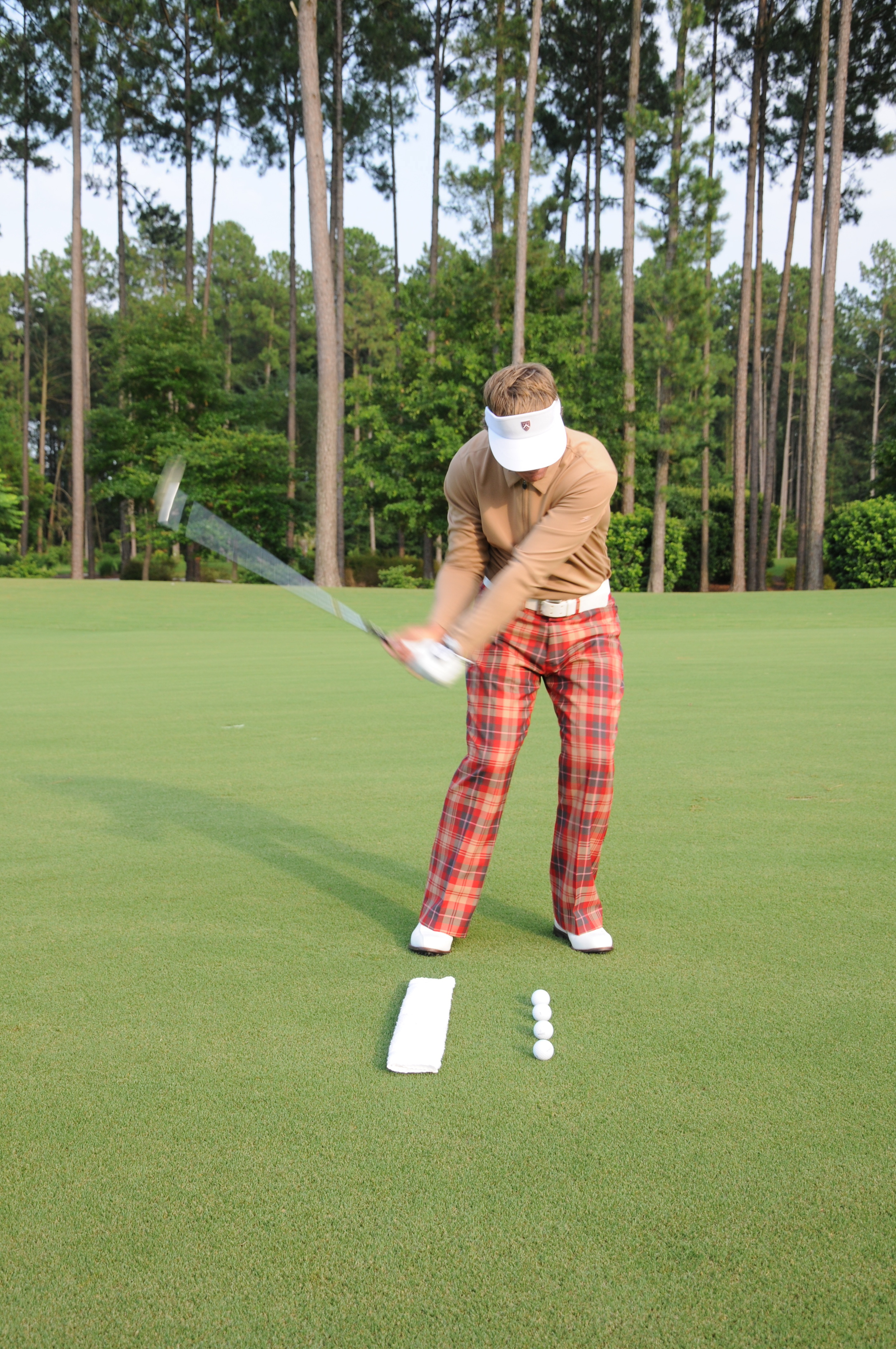
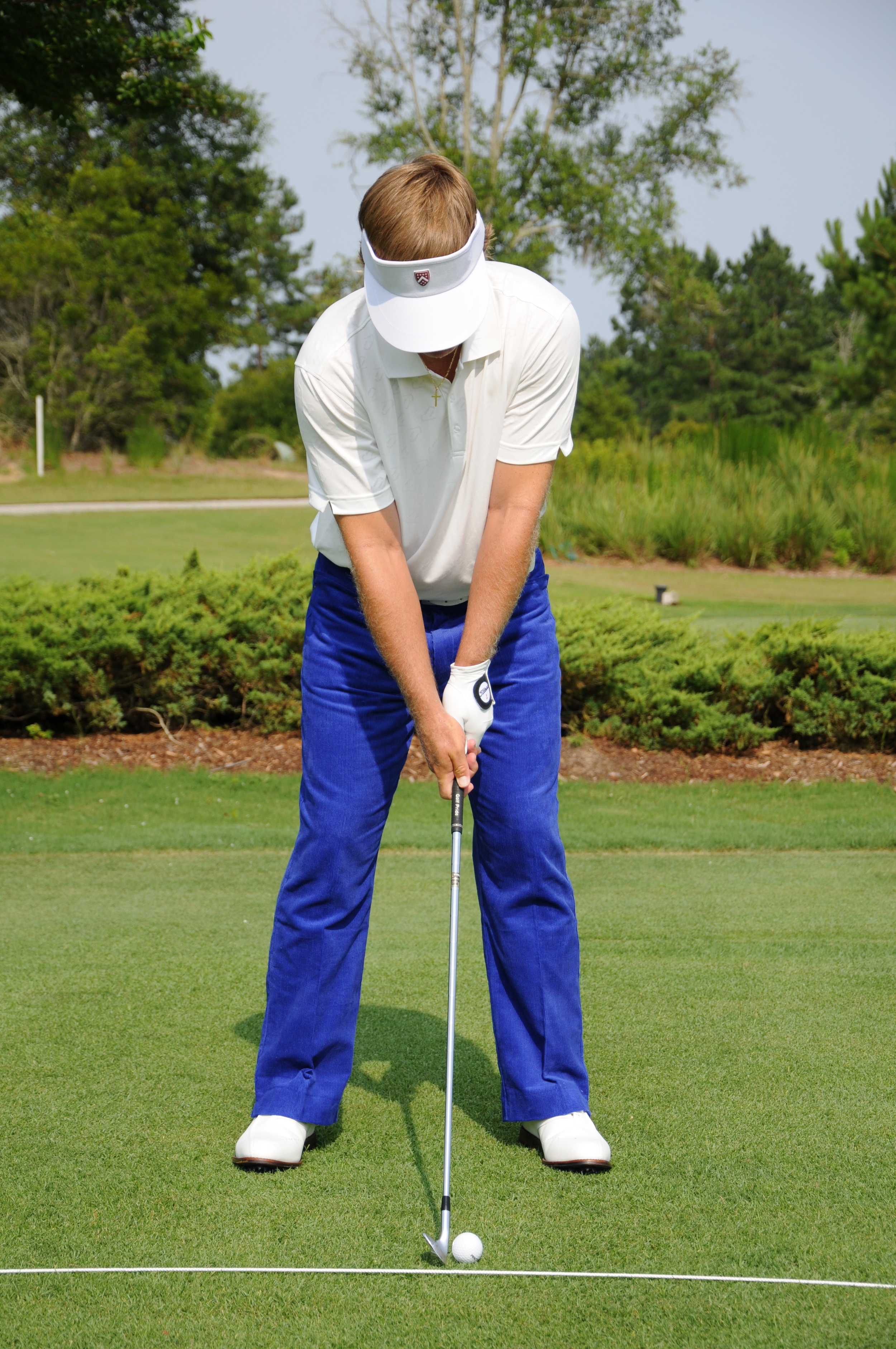
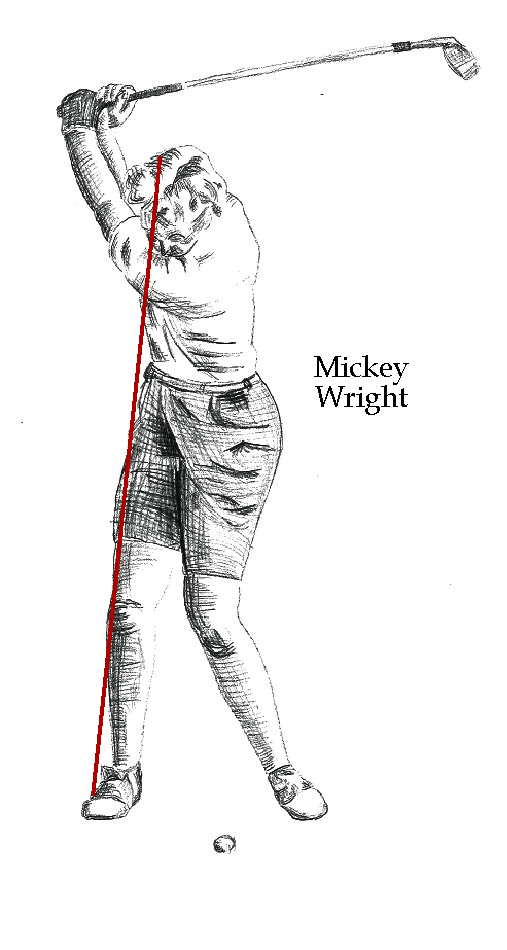 At address the head should not break the line. I noticed with golfers who had too much tilt at address this was quite prevalent and they all had a difficult time assuming the proper impact position once they had started poorly. Notice the picture below.
At address the head should not break the line. I noticed with golfers who had too much tilt at address this was quite prevalent and they all had a difficult time assuming the proper impact position once they had started poorly. Notice the picture below.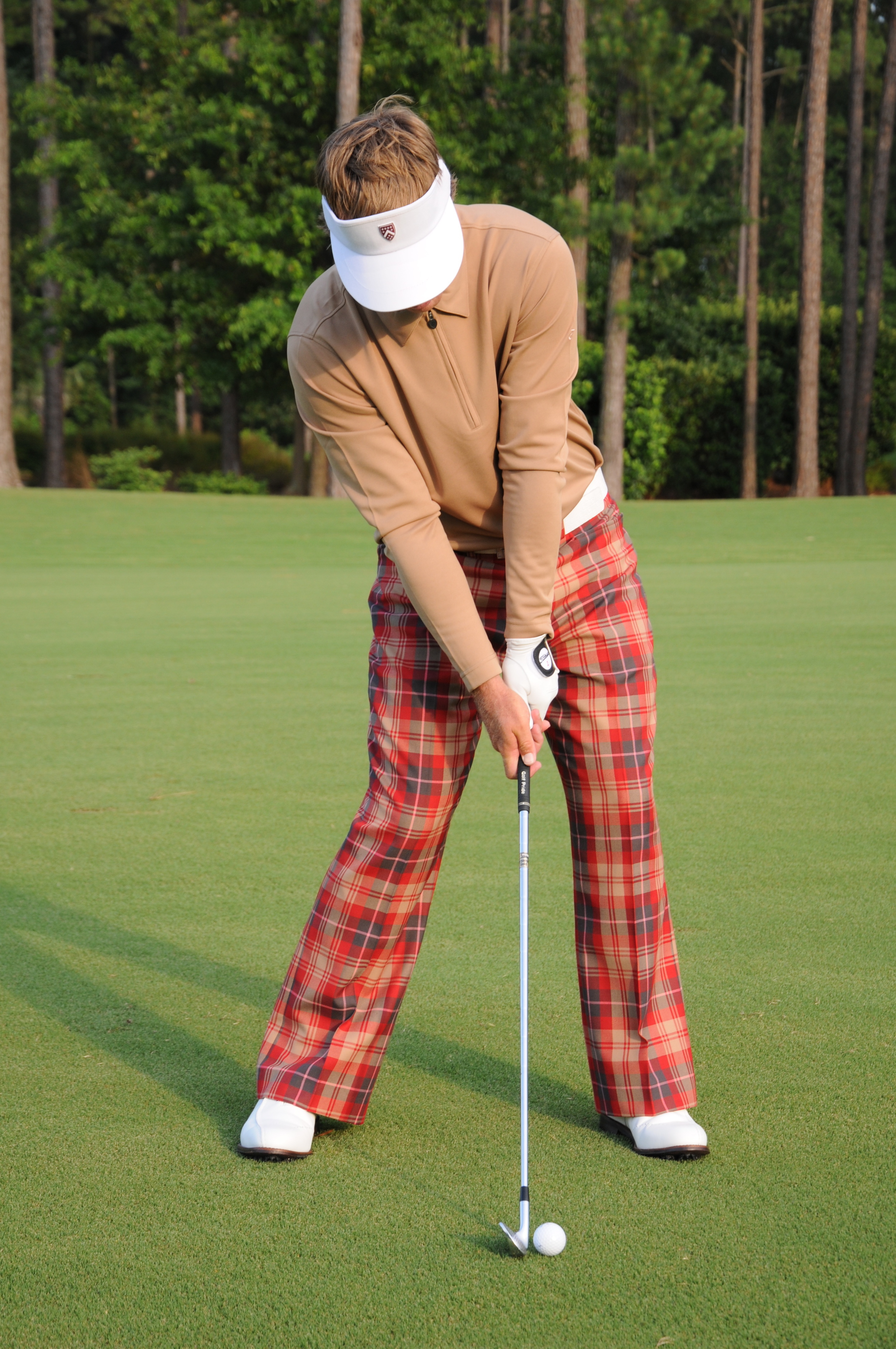
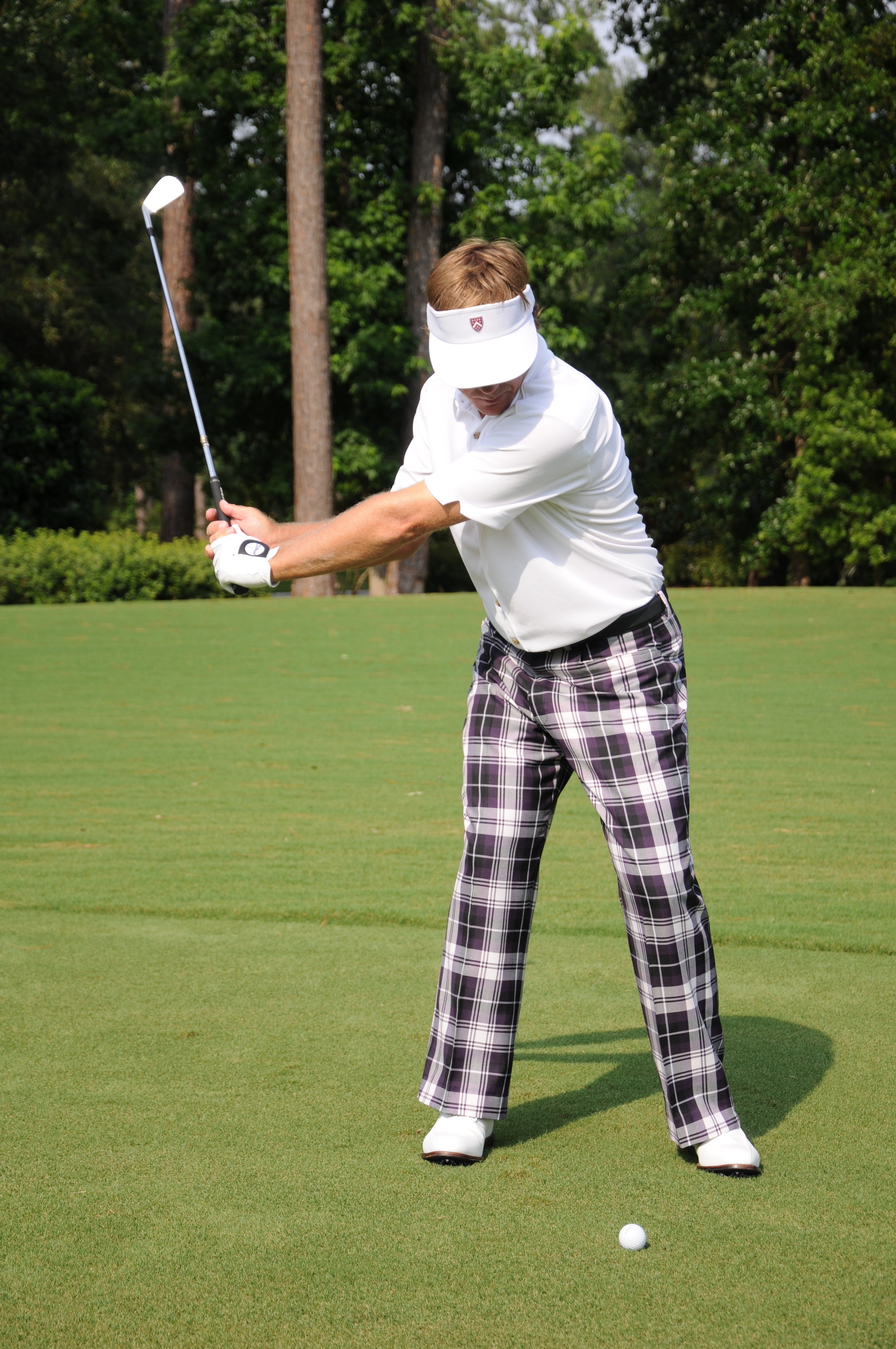
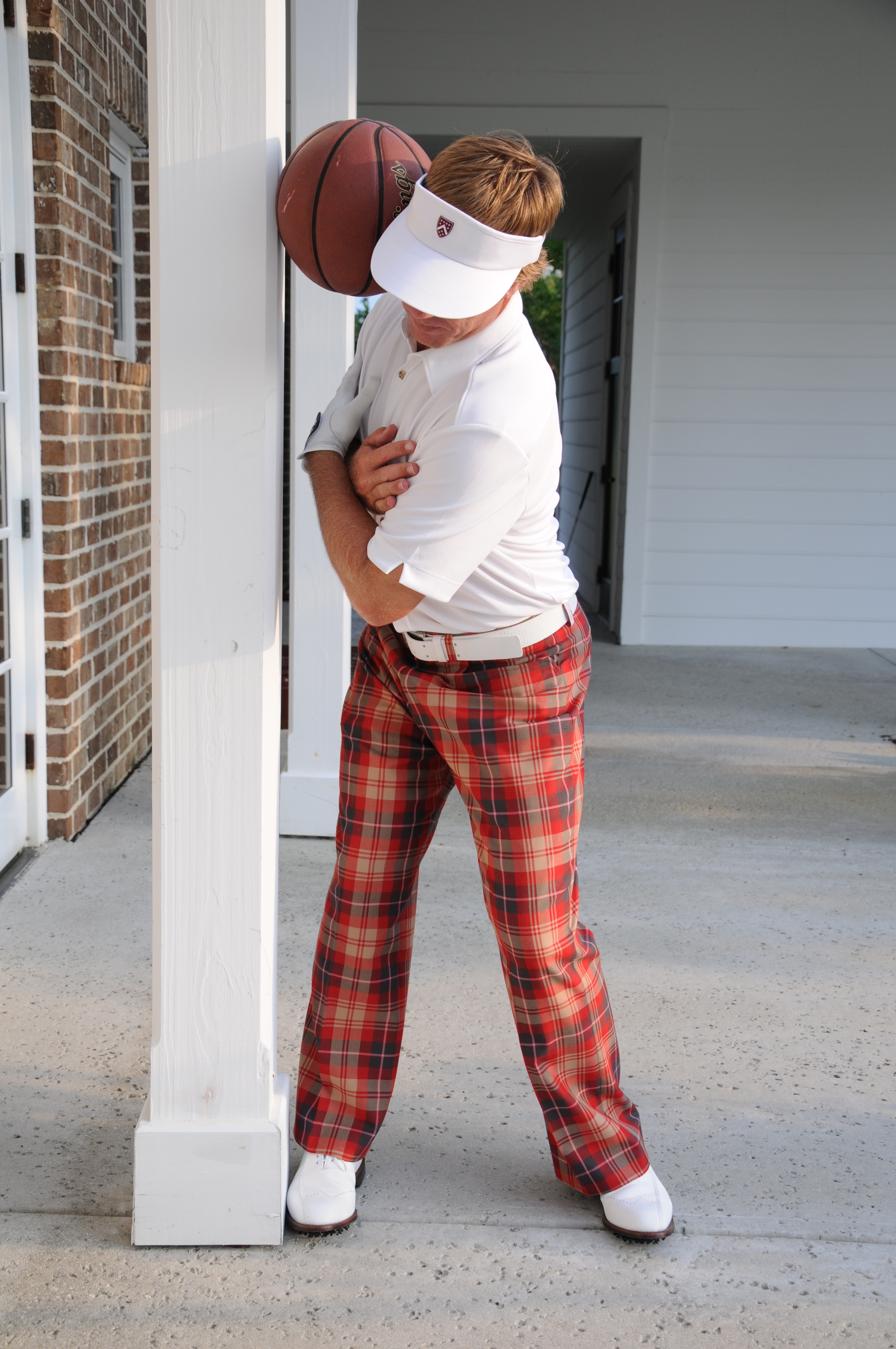






 For many years I have believed that the irons are struck with a descending blow, the fairway woods and hybrids are swept off the ground and the driver is hit with a slightly upward hit.
For many years I have believed that the irons are struck with a descending blow, the fairway woods and hybrids are swept off the ground and the driver is hit with a slightly upward hit. 








